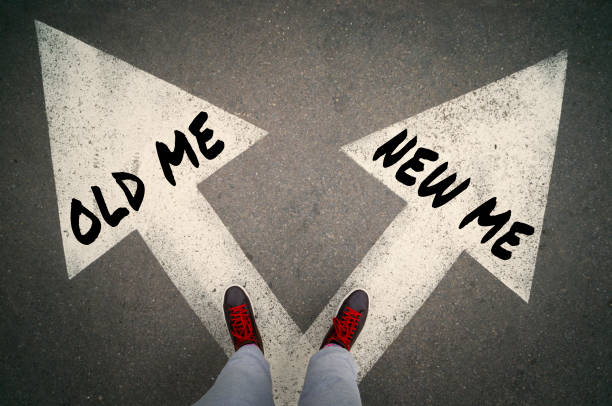 Drug addiction rehabilitation encompasses a spectrum of approaches designed to address the complex nature of substance abuse disorders. From medical interventions to behavioral therapies and holistic treatments, the goal is to empower individuals to overcome dependency and regain control of their lives. Here, we delve into various approaches to drug addiction rehabilitation and their significance in promoting recovery and well-being.
Drug addiction rehabilitation encompasses a spectrum of approaches designed to address the complex nature of substance abuse disorders. From medical interventions to behavioral therapies and holistic treatments, the goal is to empower individuals to overcome dependency and regain control of their lives. Here, we delve into various approaches to drug addiction rehabilitation and their significance in promoting recovery and well-being.
- Medical Detoxification: The first step in drug addiction rehabilitation often involves medical detoxification, where individuals undergo supervised withdrawal from addictive substances. This process aims to manage withdrawal symptoms safely and comfortably, minimizing health risks associated with abrupt cessation of drug use.
- Behavioral Therapies: Behavioral therapies play a crucial role in drug addiction rehabilitation by addressing underlying psychological factors and promoting positive behavioral changes. Cognitive-behavioral therapy (CBT), motivational interviewing, and contingency management are among the evidence-based approaches used to help individuals recognize and modify harmful thought patterns and behaviors associated with substance abuse.
- Medication-Assisted Treatment (MAT): MAT combines medications with behavioral therapy and support services to address substance use disorders effectively. Medications such as methadone, buprenorphine, and naltrexone may be prescribed to alleviate withdrawal symptoms, reduce cravings, and prevent relapse, particularly in cases of opioid or alcohol addiction.
- Holistic Therapies: Holistic approaches to drug addiction rehabilitation focus on treating the individual as a whole, addressing not only the physical aspects of addiction but also emotional, social, and spiritual dimensions. Therapies such as mindfulness meditation, yoga, art therapy, and acupuncture offer alternative pathways to healing, promoting stress reduction, self-awareness, and overall well-being.
- Support Groups and Peer Counseling: Peer support groups like Alcoholics Anonymous (AA) and Narcotics Anonymous (NA) provide invaluable support and encouragement to individuals in recovery. Through sharing experiences, gaining insights, and receiving guidance from peers who have walked similar paths, participants find strength, hope, and a sense of community essential for long-term sobriety.
- Family Therapy: Drug addiction not only affects individuals but also impacts their families and loved ones. Family therapy sessions aim to improve communication, foster healthy relationships, and address dysfunctional patterns that may contribute to substance abuse. By involving family members in the recovery process, individuals receive vital support and develop essential skills for maintaining sobriety.
- Aftercare and Relapse Prevention: Recovery from drug addiction is an ongoing journey that requires ongoing support and vigilance. Aftercare programs, including outpatient counseling, sober living arrangements, and continued participation in support groups, help individuals navigate life after rehabilitation, build coping skills, and prevent relapse.
In conclusion, drug addiction rehabilitation encompasses a multifaceted approach that addresses the physical, psychological, and social aspects of substance abuse disorders. By combining medical interventions, behavioral therapies, holistic treatments, and ongoing support, individuals can embark on a journey of recovery, reclaiming their health, happiness, and sense of purpose.

 In today’s consumer-driven society, shopping is not just a necessity but often a leisure activity and a means of self-expression. However, for some individuals, shopping can escalate from a harmless pastime to a compulsive behavior with significant psychological and financial consequences. Excessive shopping, also known as compulsive buying disorder (CBD) or shopping addiction, can have a profound impact on individuals’ mental well-being and financial stability.
In today’s consumer-driven society, shopping is not just a necessity but often a leisure activity and a means of self-expression. However, for some individuals, shopping can escalate from a harmless pastime to a compulsive behavior with significant psychological and financial consequences. Excessive shopping, also known as compulsive buying disorder (CBD) or shopping addiction, can have a profound impact on individuals’ mental well-being and financial stability. In a world filled with tempting advertisements, endless online shopping options, and constant exposure to new trends, it can be challenging to discern when our shopping habits cross the line from a harmless activity to a potentially problematic behavior. Recognizing the signs of excessive shopping is crucial for maintaining financial health and overall well-being. This article explores key indicators that can help individuals identify when their shopping crosses the limit.
In a world filled with tempting advertisements, endless online shopping options, and constant exposure to new trends, it can be challenging to discern when our shopping habits cross the line from a harmless activity to a potentially problematic behavior. Recognizing the signs of excessive shopping is crucial for maintaining financial health and overall well-being. This article explores key indicators that can help individuals identify when their shopping crosses the limit. Second, shopping too much can significantly impact your mental wellbeing. Shopping can be used to self-medicate and provide a temporary ‘high’, but it can be a sign of deeper issues. According to the American Psychiatric Association, compulsive shopping is recognized as an impulse control disorder. People who suffer from this condition have difficulty controlling their spending and may experience feelings of shame and guilt afterwards. The upside is that it can be treated with the help of professionals.
Second, shopping too much can significantly impact your mental wellbeing. Shopping can be used to self-medicate and provide a temporary ‘high’, but it can be a sign of deeper issues. According to the American Psychiatric Association, compulsive shopping is recognized as an impulse control disorder. People who suffer from this condition have difficulty controlling their spending and may experience feelings of shame and guilt afterwards. The upside is that it can be treated with the help of professionals.



